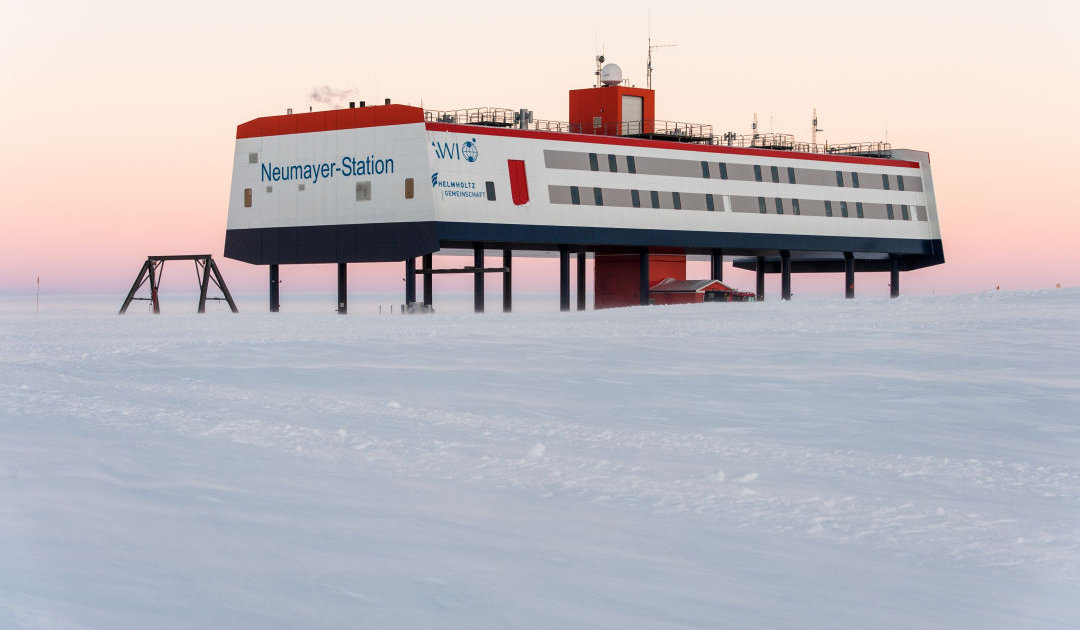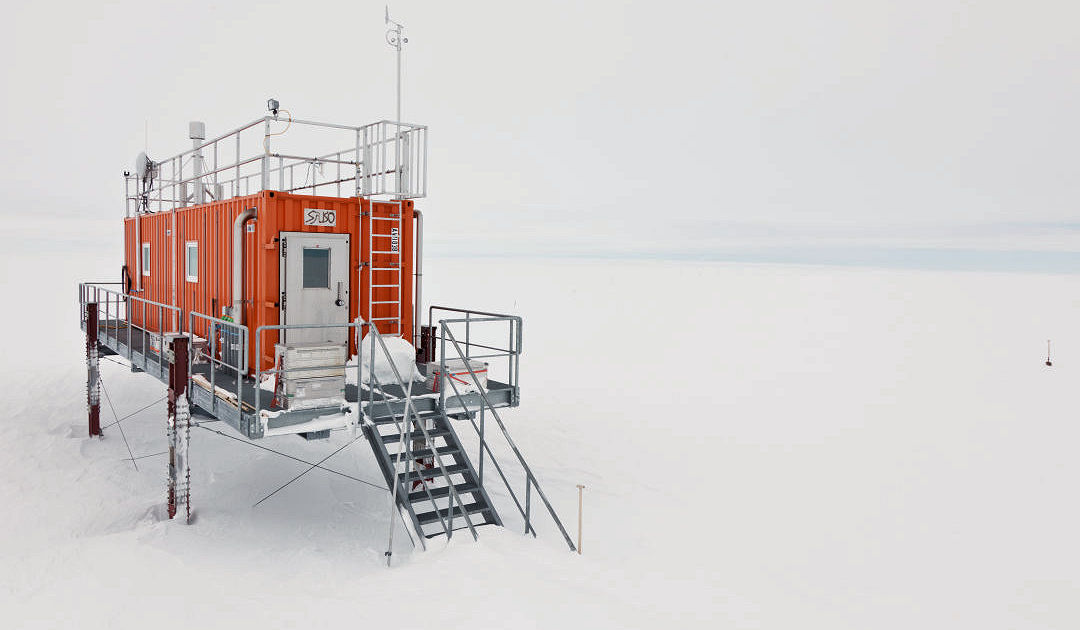
As early as early April, the Australian Antarctic Division (AAD) announced that its programme for the coming season will suffer massive cuts in research, expansion and supply to stations. “We will focus solely on resupplying our stations and changing over teams,” said Kim Ellis, Director of AAD. “As a result, there will be no major construction activities and science projects will be limited to automated data collection.” Kim Ellis also stated that the plan was to prevent the introduction of COVID-19 into the Australian Antarctic sector next season. “Projects requiring the deployment of dedicated expeditioners or logistics outside of essential activities will be re-evaluated in the future.”

New Zealand also has changed its programme for the coming season. According to Antarctica New Zealand (ANZ), only long-term studies, essential supply and operational activities and planned maintenance work will be carried out at Scott Base Station. Travel to the station should be limited as much as possible. ANZ chief executive Sarah Williamson says the key to preventing COVID-19 disease in Antarctica is to limit the numbers of people on the continent and a strict isolation plan. The head of the “Operations” department, Simon Trotter, also commented on the decision: “We acknowledge the impact this CVID-19 response will have on research this season, but these are unprecedented times. Our focus is to keep Antarctica free from the virus, and the best way to do that is minimise its opportunities to get onto the continent.” New Zealand’s decision was also agreed in consultation with other countries whose national Antarctic programmes are taking place in the Ross Sea. Scott Base, the only New Zealand station, is close to McMurdo Airfield. There, the United States Antarctic Program (USAP) has not yet announced any specific measures, but wants to ensure that the stations and research programs can be adequately maintained and continued, they state in a report from the end of April. Here too, however, the safety of the personnel and the avoidance of introduction are paramount. Similar tones are struck by other countries.

The British Antarctic Survey (BAS), responsible for the British Polar Programme, said in a press release that the safety of station personnel and Antarctica is an absolute priority. Although there are two scenarios to come into force depending on the COVID situation and the corresponding measures in the UK, the Falkland Islands and international air links, the number of persons normally deployed will be reduced. This has consequences for the scientific work in the deep field of Antarctica. “At BAS, we do our best to maintain critically important operational and scientific programmes as far as possible,” writes the head of the BAS, Professor Dame Jane Francis. For scientific studies, this means that only long-term programmes will continue to be maintained and that the most important supply and operational work will be carried out at the stations on the coast. Only if the situation allows, depots and materials in the deep field would be serviced, the Station Halley VI would be maintained and certain expansion work would be carried out at the Rothera station.

According to the Alfred Wegener Institute (AWI), the usual supply by ship and certainly the replacement of the wintering team will be carried out for the German Antarctic station Neumayer III. Long-term observations will also continue. But the AWI wants to coordinate with COMNAP (Council of National Antarctic Programs) to the extent of which new or seasonal projects are to be managed. This is the only way to pursue a uniform strategy and to ensure that the damage to research programmes is as minimal as possible.

Nevertheless, the measures, which are most likely to be taken not only by the countries presented here for their Antarctic programmes, represent a serious blow to science in Antarctica. In addition to the data loss or the gaps in data collections, many of the projects are time-bound. In addition, financing at the various institutions is partly at risk due to the economic impact of the pandemic. But perhaps the collaborations forged by the complex logistics can help minimize the damage. When asked about this by the authorities, it has been shown that cooperation in Antarctica has not harmed under COVID-19 and that everyone wants to work together. Protection and at the same time science will continue to be in the focus.
Source: Pressestellen der AAD, ANZ, BAS, AWI
More on the subject:





